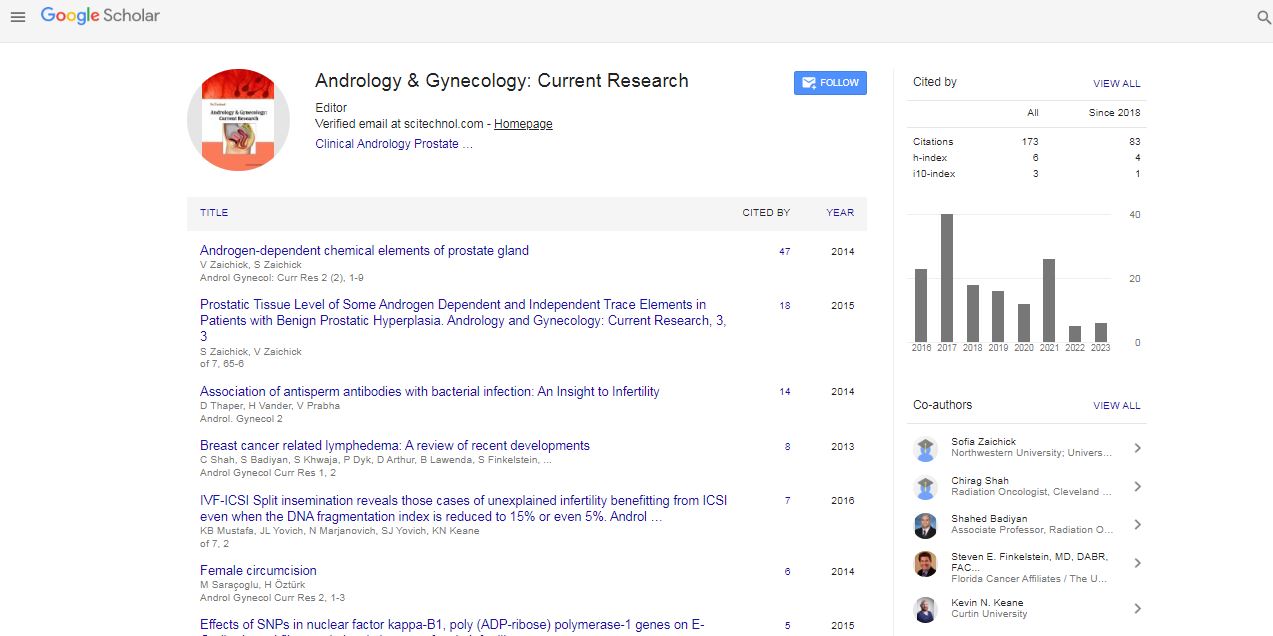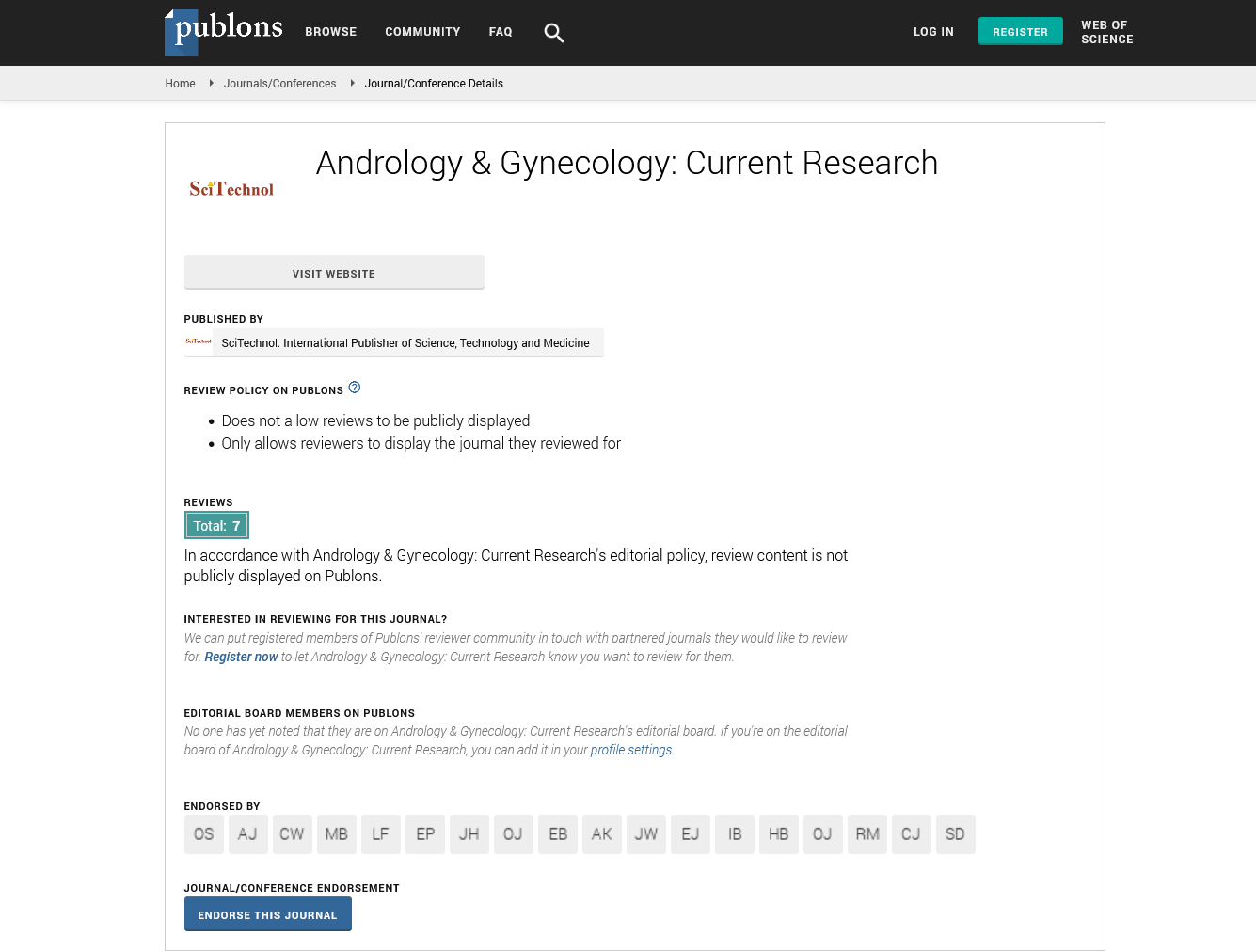Outcomes of establishing a neonatal peripheral vascular access team
Matheus van Rens
Hamad Medical Corporation, Qatar
: Androl Gynecol: Curr Res
Abstract
Background: Intravenous (IV) vascular access (VA) is essential in neonatal intensive care units (NICU). Short peripheral IV catheters (PIVCs) are the most frequently used short term device.[1] Many unmodifiable and potentially modifiable factors affect the incidence of complications, contributing to the success or failure of therapy.[2] Numerous interventions such as, evidence- based care bundles, innovations in device design and manufacturer are targeted at reducing the incidence and severity of complications.[3] Internationally, specialist multi-professional teams for central venous access are widely established[4] but evidence about the impacts of teams for managing peripheral intravenous access is less evident. Before 2017 all NICU nurses (≈350) inserted PIVCs, this situation led to a high incidence of first attempt failures and damage to blood vessels. In 2017 a decision was taken to abandon this model and restrict vascular access to a smaller team of nurses (n=28) with demonstrable VA ability. Following additional bespoke training and education the NeoVAT was formally established in late 2018. All peripheral VA activities fully transitioned to this team in January 2019. Method: Our aim was to examine the impacts of a dedicated neonatal peripheral vascular access team (NeoVAT) on key clinical and organisational quality measures of infusion therapy. We retrospectively analysed routinely collected anonymised vascular data to determine first attempt, overall insertion success rates, device dwell time duration, blood stream infection, and infiltration/ extravasation scores. Data on all peripheral vascular devices used between 01/01/2018 and 31/12/20 (n=43,551), i.e., pre- and post-introduction of the NeoVAT was included. Statistical analysis involved normal distribution for continuous variables determined with Kolmogorov- Smirnov testing. Chi squared, Mann-Whitney U and unpaired t-testing was used, as appropriate. Relative risks were calculated, if possible, using SPSS version 27. Results: (Table 1) indicated that first insertion attempt success rate improved to 68% (from 60%, P<0.001) and overall success rates from 81% to 96% (p<0.001). Average catheter dwell time improved from 32 to 36 hours (p<0.001). Peripheral intravenous infiltration/extravasation (PIVIE) scores declined from 21% to 13%, (p<0.001) indicating a considerable reduction in measures of PIVIE severity. Peripheral line associated blood stream infection (PLABSI) rates per 1,000 device days declined from 1.68 to 0.55, (p<0.001), RR 0.47 (0.29-0.77). The impact of greater first-time success and reduced need to replace devices led to cost savings. However, further economic analysis to determine a fuller picture is required. Conclusion: Whilst this is a retrospective single centre study a strength is the inclusion of all peripheral IV insertion attempts and the resultant large data set. Given that peripheral IV access is an almost ubiquitous experience for infants on NICUs and is associated with a high burden of complications and adverse patient experience our results are reassuring. Our results support the contention that a dedicated peripheral vascular access team can positively impact clinically important vascular access quality measures. We believe this information can be used to support new ways of organising IV access workflows in other units.
 Spanish
Spanish  Chinese
Chinese  Russian
Russian  German
German  French
French  Japanese
Japanese  Portuguese
Portuguese  Hindi
Hindi 


